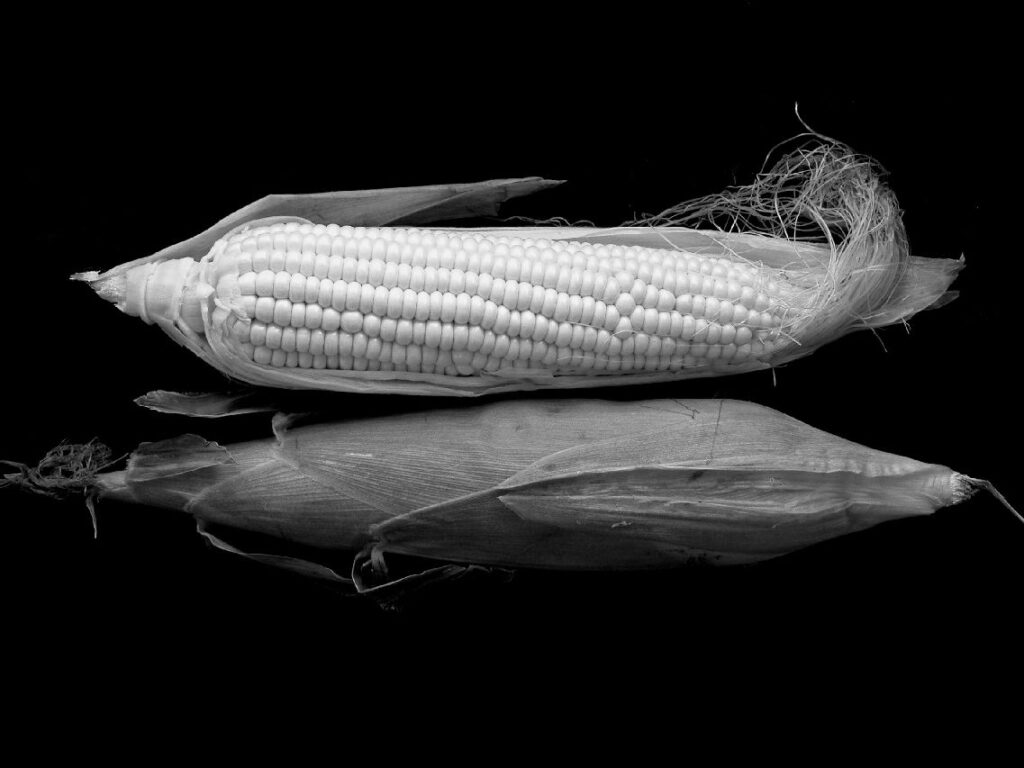Iodized vs. Non-Iodized Salt – Which is Better?

When I used to conduct supermarket tours, I would always get asked the same questions when we got to the salt isle.
What is iodized salt? And which is better – iodized or non-iodized salt?
Before I answer these questions, let’s take a closer look at iodine to learn what it is and whether or not you need to consume more iodine in your diet.
What is Iodized Salt?
The obvious answer: iodized salt is the trace element iodine that is added to table salt.
What is iodine?
It is a mineral that is used by our thyroid gland to make thyroid hormones and is essential for normal growth and development, as well as other important biochemical functions.
It is naturally found in the sea and in soil close to the sea.
Therefore, salt water seafood, sea vegetables, vegetables grown in iodine-rich soil, and animals fed plants grown in iodine-rich soil are all good sources of iodine.

In the past, those who lived inland and who did not have access to iodine-fortified foods experienced severe iodine deficiencies and developed conditions such as goiter, a gradual swelling of the thyroid gland that causes hypo- and hyperthyroidism, along with cretinism, a condition that causes severely stunted physical growth and mental retardation.
Pregnant women with iodine deficiencies were at higher risk of miscarriages and stillbirths, and infants born to these women were more susceptible to having stunted brain development.
In the early nineteen hundreds, a link between these conditions and iodine deficiency sparked public health campaigns in many countries to introduce nutrient supplementation by adding iodine to common foods like table salt, water and other foods.
In essence, salt fortification and other iodized foods helped eradicate goiter and cretinism worldwide, with only minimal cases still found today in rural and developing countries where unfortunately, malnutrition is still prevalent.
How Much Iodized Salt Should We Consume?
Here is the tricky part.
Although these conditions have been nearly wiped out, iodized salt still continues to be produced to offer a safety net for the varying levels of iodine in foods.
However, there is a debate (of course… as with everything in science!) about the recommended dose that should be consumed.
The FDA recommends a dose of 150 micrograms (µg or mcg) per day for adults.
Pregnant women should consume about 200 to 300 mcg because of the importance that iodine has on fetal and infant brain development.
And the maximum intake per day for adults is set at 1,100 mcg.
To put this into perspective, one teaspoon (5g) of iodized salt provides 1,500 mcg – well above the FDA’s Tolerable Upper Intake Level (UL) for adults.
On the other hand, some scientists argue that we need anywhere between 1,000 mcg up to 50 mg because of widespread bromide and fluoride toxicity.
It is argued that the amount set by the FDA is just enough to prevent goiter and cretinism and that we actually need more to reap the full health benefits.
Just note however that if you do want to supplement with iodine, it should be done under medical supervision.
Should I consume Iodized or Non-Iodized Salt?
Iodine content varies widely in foods. Here is a list of examples:
|
Source |
Iodine Content mcg / 100g |
Iodine Content per typical serving |
| Dried Kelp |
62,400 |
3120 |
| Iodized Salt |
7,600 |
1520 |
| Saltwater fish |
330 |
330 |
| Blackstrap Molasses |
158 |
24 |
| Catfish |
118 |
118 |
| Beans, dried |
115 |
58 |
| Seafoods |
66 |
66 |
| Spinach |
56 |
28 |
| Vegetables |
30 |
15 |
| Milk and Milk Products |
14 |
14 |
| Eggs |
13 |
13 |
| Seal Meat |
3 |
3 |
| Seal Blubber |
12 |
12 |
| Seal Kidney |
5 |
5 |
| Seal Liver |
10 |
10 |
| Whale Meat |
1 |
1 |
| Whale Blubber |
15 |
8 |
| Cod Flesh |
74 |
74 |
| Cod Liver |
32 |
32 |
| Wild Fowl |
5 |
5 |
| Caribou |
0.4 |
0.4 |
| Oysters |
46 |
46 |
| Mussels |
107 |
107 |
| Lobster Hepatopancreas |
2,250 |
450 |
| Non-iodized sea salt |
50 |
3 |
Source: http://www.westonaprice.org/metabolic-disorders/the-great-iodine-debate
In my opinion, if you eat many of the foods listed above, mainly saltwater fish and sea vegetables, then you most likely do not need to consume iodized salt.
However, if these foods are absent from your diet, you may want to consider using iodized salt.
B’s Extra Thoughts…
 Putting aside the issue of iodine fortification, I personally use pink Himalayn rock salt at home since most salts in the supermarkets are refined and processed.
Putting aside the issue of iodine fortification, I personally use pink Himalayn rock salt at home since most salts in the supermarkets are refined and processed.
There is a big difference in the quality of unrefined natural salts and those that are refined and processed with higher amounts of sodium chloride.
I would also consider using sea salt, however due to pollution around much of the world, sea salts can contain mercury and other toxic heavy metals so I would choose my source carefully.
Celtic, French and New Zealand seas are considered some of the safest.
Nevertheless, I still prefer something that is natural over refined table salt. This is my opinion – you can choose to take it with a grain of salt or not. 🙂
I'd love to hear your thoughts. Do you have a brand or type of salt that you prefer? Leave me a comment below.
Did you find today’s post helpful?
Show your support by hitting the LIKE button and SHARE the love!



Responses